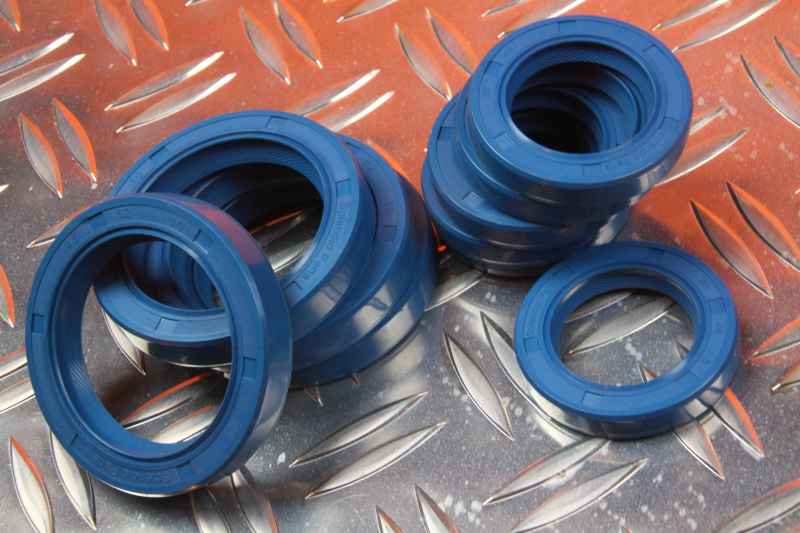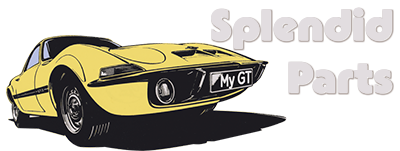No longer completely tight ?!
A completely overhauled engine in my green 72 Opel GT is leaking oil after just 2 years with very low mileage. Between the engine block and the gearbox bell housing.
Clear cause: The rear crankshaft sealing ring!
Unfortunately, such annoying things happen from time to time.
The reasons for this can vary.
On the one hand, the running surface of the rotating shaft to be sealed may be damaged. Either the running surface (sealing surface) is worn or the surface is rough.
Both can be reasons why even the best shaft seal cannot seal here.
A shaft can also run "out of round", in which case the oil seal also has a very difficult time. With these problems, the only solution is often to replace the defective shaft, as long-term sealing is hardly possible under the above-mentioned conditions.
On the other hand, the oil seal itself can also be the culprit.
Unfortunately, this is often the case.
Without question, after a long and strenuous working life, even the highest quality oil seal can eventually retire.
But what about oil seals that are already defective again after a very short period of use and do not seal?
We want to take a closer look at this topic here.
There is a really large number of different oil seals available on the market. This is a good thing, as there is an equally large number of different areas of application.
There are countless designs and a wide variety of materials.
Even small differences in design can be responsible for a shaft seal "holding tight" or unfortunately "oiling".
For our Opel oldies (CIH and OHV), the range of oil seals used is quite clear.
Almost uniformly, radial shaft seals with an elastomer outer jacket and metal stiffening ring were fitted ex works.
The sealing lip is spring-supported and should have an additional dust lip.
However, the front oil seal of the 4-speed manual gearbox (CIH models) is an outstanding special feature.
This special feature can hardly be found in the product range of any major manufacturer.
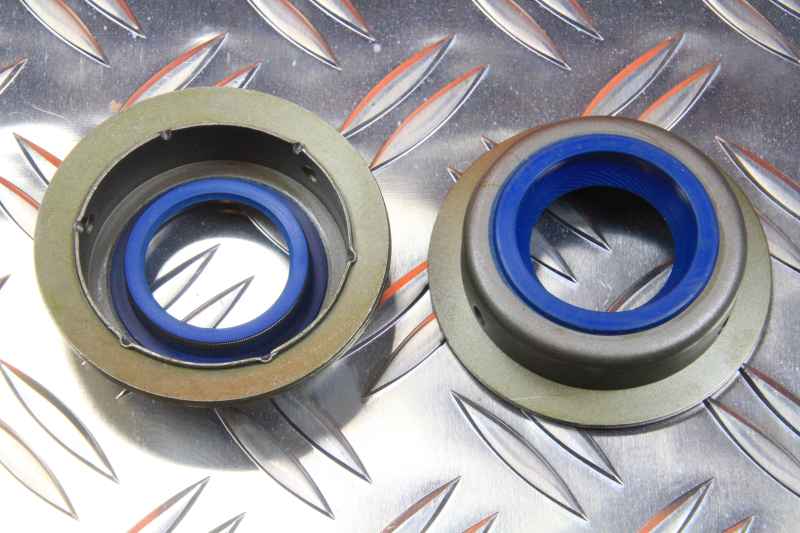
Furthermore, almost all Opel shaft seals are provided with an additional wiper twist. With flawless shafts, it also works without this twist, but this is not ideal.
Logically, this twist must of course be on the correct side.
This means that the crankshaft sealing rings, for example, must have counter-rotating wipers.
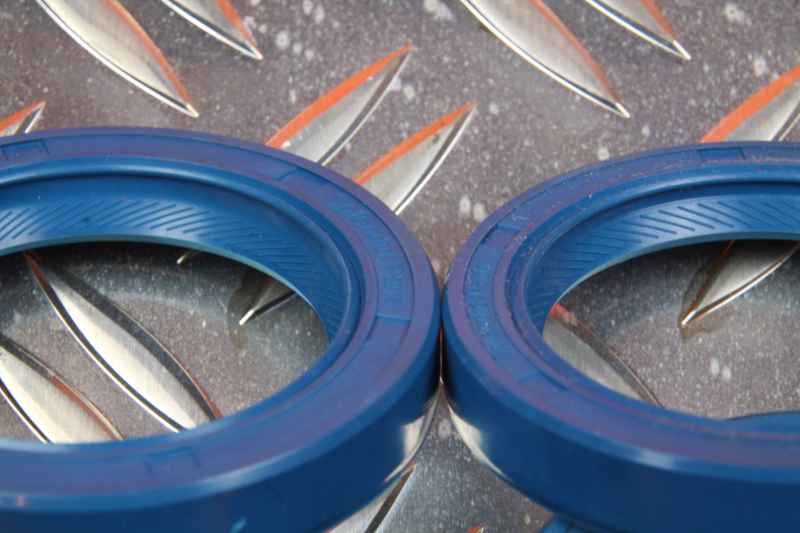
Silicone, EPDM, FKM, Pu's.... what now ?
Sealing rings are available in various materials for our Opel classics.
However, not all of them are really the first choice.
For example, a rear crankshaft sealing ring made of NBR works, but it is questionable how long it will survive this area of application.
Unfortunately, the automotive parts trade does not provide any information on the material used and its properties for many oil seals.
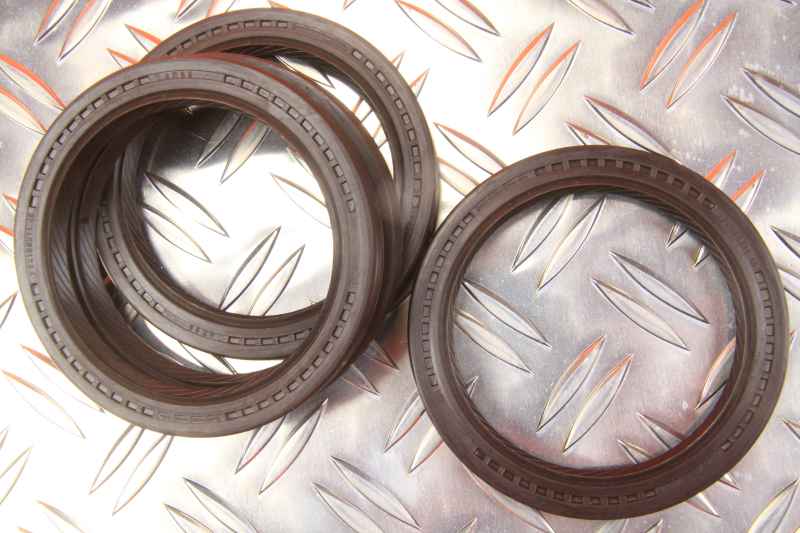
A little material science
NBR
NBR is a nitrile butadiene rubber. These shaft seals are very common on the market and are sometimes offered at very low prices.
The maximum temperature range for NBR shaft seals is around +100° to +120°.
Mounted on the engine crankshaft, an NBR oil seal is therefore close to death by heat.
For this reason, brand manufacturers such as Reinz, Elring (and others) do not use NBR sealing rings in this range.
FKM
FKM is a fluororubber. Although the material is more expensive than NBR, for example, it is also significantly more heat-resistant.
Shaft seals made of FKM can withstand a temperature range of up to around +200° to +230°.
They are also highly resistant to all greases and oils (including some aggressive alloys).
FKM materials are very abrasion-resistant and durable.
Well-known suppliers therefore use this professional material for their engine shaft seals. (Photo Reinz, Elring, Splendid Parts).
EPDM
EPDM is an ethylene-propylene-diene (monomer) rubber.
Shaft seals made from this material have very good resistance to ozone, ageing and weathering.
However, EPDM is not oil-resistant and is therefore the completely wrong choice for our oil seals. So don't use it if you want to seal the engine/transmission or rear axle.
EPDM is, however, resistant to brake fluid. EPDM is also the top material for windshield seals etc.
Rear axle and gearbox ?
We also offer shaft seals for axles and gearboxes made of FKM.
Why ? Well, if you ever touch the lower gear stick of your Opel GT on a long drive in summer temperatures, you will almost burn your fingers.
The temperatures here are not to be underestimated.
The situation is similar at the rear axle input. It is almost irrelevant whether it is an OHV model or a larger CIH.
They are both really hot....and not just in appearance.
